To convert the vision of Colonel William Light into the infrastructure of today has taken the expertise and ingenuity of many engineers whose names are often not well-known and whose only monument is their work.
The first task of the European settlers was to locate the capital close to both an adequate water supply and an effective and economic port. In 1839 Edward Frome, the colonial engineer and surveyor-general, began building roads, first from Glenelg and Port Misery (now Port Adelaide) to the city. He was also responsible for the toll road and its toll-house in the Glen Osmond valley.
During the early years the colony experienced several crises because of insufficient and inadequate machinery. A shortage of labour hampered the harvesting of wheat, and there were no mills to process flour. John Ridley and others invented and developed the stripper harvester, the Smiths produced the stump-jump plough, and companies manufacturing agricultural machinery, notably those of JS Bagshaw, the Martins and the May Brothers of Gawler, the Shearers of Mannum, HB Hawke and WW Forwood, were established. Minerals were the colony’s most valuable export between 1845 and 1855. Cornish miners and Welsh smelters under the leadership of such colourful characters as ‘Captain’ HR Hancock worked the mines and installed the machinery, including pumping engines.
One benefit that flowed from the exodus to the Victorian goldfields in 1851 was the introduction of paddlesteamers carrying wool and wheat along the River Murray between Echuca in Victoria and Goolwa on Fleurieu Peninsula. The first public railway in South Australia – from Goolwa to Port Elliot – and the building of wharves at both places followed. In 1857 the railway from Adelaide to Gawler was opened and the first wire was strung for the intercolonial telegraph to Melbourne. By 1856 the South Australian Gas Company had installed gas lighting in the streets of Bowden and in 1860 water from Thorndon Park Reservoir was reticulated to Adelaide.
The appointment in 1867 as government engineer-in-chief of the controversial HC Mais, who had already had a chequered career in Sydney and Melbourne, resulted in the construction of the Hope Valley Reservoir, the Murray Bridge and about 1500 kilometres of railways. Prompted by calls to cut costs Mais favoured the narrow gauge track that subsequently resulted in numerous problems associated with interstate gauge differences. Fortunately, engineers under Charles Todd, who constructed the overland telegraph from Port Augusta in the Far North to Darwin in extreme haste to join the line being laid from England via India and Java, agreed to make all their equipment compatible.
By 1907 electricity lit Adelaide streets and powered the tramways, of which only the Glenelg tramline remains.
Following the First World War, Holden’s (later General Motors–Holden’s) began producing cars, roads were bitumenised, Lake Alexandrina was converted to freshwater with the construction of the Goolwa barrages, and a shipbuilding yard was opened at Whyalla on Eyre Peninsula. During the Second World War most engineering workshops were converted to manufacturing munitions, Leigh reek coalfield was developed, and the Morgan–Whyalla pipeline constructed. Subsequent developments include the rocket range at Woomera in the Far North, the opening of West Beach Airport, the piping of natural gas in the 1960s, the first transmission of colour television in 1975, and the opening of the Heysen tunnels on the south-eastern freeway in 2000.
Engineers have been involved in the design and development of electricity, gas and water supplies, radio, telegraph and telephone, sewerage, irrigation, drainage and mining, harbours, bridges, railways, reservoirs and roads; in fact, all the services that make modern life possible.


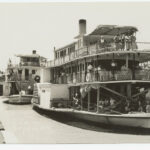

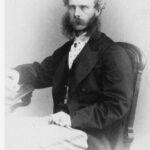
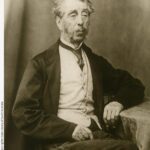
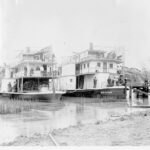
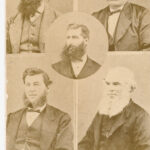
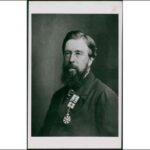
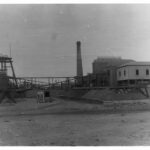

Comments